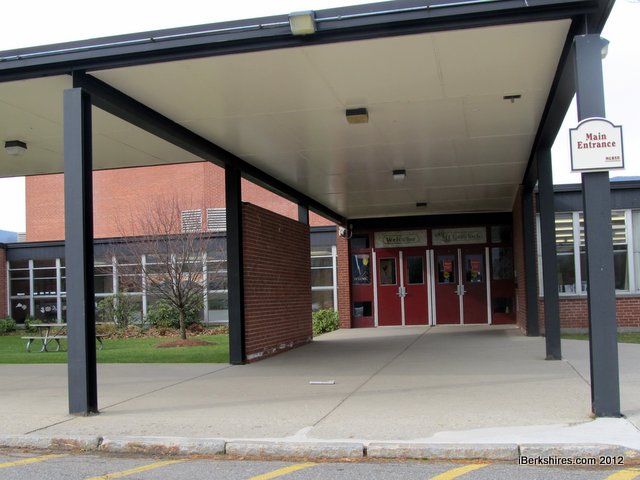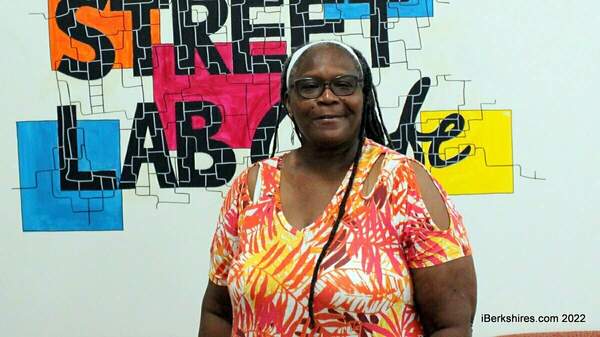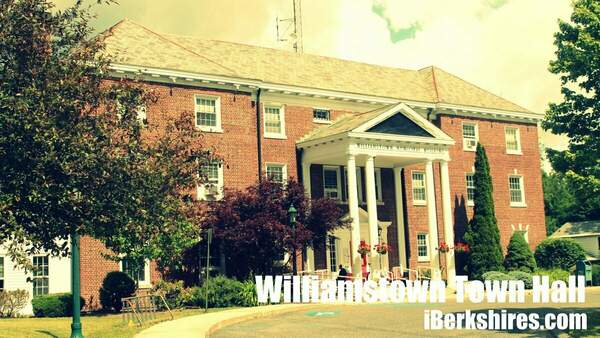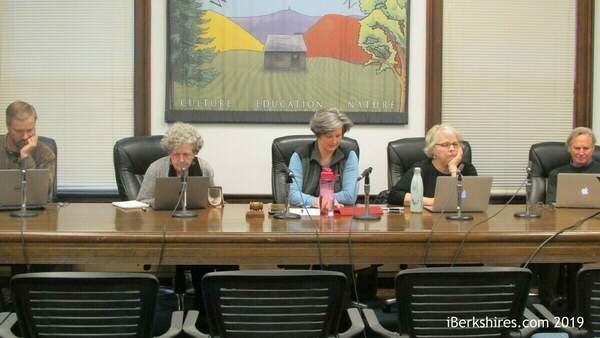
WILLIAMSTOWN, Mass. — The Mount Greylock School Committee will make its case to officials in its member towns that the district needs a budget hike in order to maintain services.
One of the regional school district's member towns asked the committee to limit its requested budget increase to 1 percent. But after assessing the potential impact of that step, the committee decided on Wednesday to present a budget that raises its operational budget by 4.5 percent.
Based on what information the district currently has about state funding and grants, that would mean town assessment hikes of 10.54 percent in Lanesborough and 11.26 percent in Williamstown.
In dollar terms, the projected hikes would be about $276,700 in Lanesborough and $532,000 in Williamstown.
School Committee Chairwoman Carolyn Greene said on Thursday that she realizes the budget will face opposition — particularly in Lanesborough, which asked to hold the line at 1 percent. But the committee believes that raising the district's budget by less than 4.5 percent would have a severe impact on education.
"A 2.37 percent increase, I think would be demoralizing," Greene said, referring to an alternative scenario presented to the committee by district administrators. "We would certainly have fewer students at the school. It would mean eliminating a number of arts program and co-curricular activities, the library would close a couple of days a week, the spring drama would go, the musical would be reduced.
"For a lot of kids, these are the things that bring them to school.
"We can't stand behind that as a committee."
The full School Committee held a special meeting in conjunction with a meeting of its finance subcommittee. The Wednesday morning session drew comments from two members of the public.
Dawn Schoorlemmer, who chairs the Mount Greylock School Council, expressed concern on behalf of the school's parents. David Langston, a former member of the School Committee, told the panel to put educational needs ahead of the financial concerns of the member towns.
Greene said the budget the School Committee is advocating "reflects good management" and does include some cuts.
It eliminates some underenrolled elective classes, moves the school's digital media specialist from the operating budget to a line funded by outside grants, strikes plans to pay for re-accreditation and cuts all late buses.
"So if parents want to put them in, at this point, there will need to be crowd funding or some other sources of income," Greene said.
Last year, the School Committee cut back on late buses in response to requests from Lanesborough town officials to trim the budget. After parents protested in the fall, some of that bus service was restored.
But other cost savings that helped the district respond to Lanesborough's request last year are not available for FY16.
"Last year, we spent all of our reserve to bring the assessment down in Lanesborough," Greene said. "As a result, we don't have any reserve to apply this year."
Also last year, the School Committee opted to cut back on the amount of money it planned to spend paying down a bond on the 2009 locker room roof/boiler replacement project. The bank has told the district that is not an option this year.
The reason why the school cannot maintain current services without a significantly increased budget is that it has a number of "fixed costs" that are on the rise, Greene explained.
The district is in the second year of a three-year contract with its largest union, the teachers association, and that contract includes pay increases. Health insurance costs are going up by 15 percent, a jolt that is impacting other public entities throughout the county this year.
Mount Greylock's special education program has fewer grants at its disposal, so more of that is hitting the operating budget, Greene explained. The district's director of pupil personnel services is applying for more grants, but the district has to fund those programs based on the information it has.
"If we do things like last year — just meeting contractual obligations and special ed, all the things we have to pay, that is an 8.7 percent increase to the FY15 budget," she said. "It is important to be clear that any reduction to that is taking away from programming.
"We don't want to decimate programs. We don't want to reduce excellence of the school. Students choice in, tuition in. They choose to go to Mount Greylock rather than elsewhere, and we don't want that to change. We don't want to create a morale problem. We want our students and staff and faculty to feel supported."
While Lanesborough officials have been vocal in their opposition to increased budgets at Mount Greylock, the 4.5 percent budget increase and 11.26 assessment increase to Williamstown could cause problems in that town as well.
Williamstown's Town Manager Peter Fohlin
unveiled the town's proposed budget on Wednesday evening, and it calls for an overall 2.5 percent increase in town spending. At a meeting of the Williamstown Elementary School Committee on Wednesday night, that body learned the town was offering the same 2.5 percent increase.
Fortunately, it's a number the elementary school can live with, School Committee Chairwoman Valerie Hall said on Thursday.
"We're feeling confident we can maintain our vision and maintain the excellence going on at the elementary school and stay within budget," Hall said. "We're fortunate to have school choice funds, too.
"Health insurance is a big spike but we're going to be able to absorb that."
At Mount Greylock, the School Committee and administration are going on the offensive, issuing
a press release on Thursday afternoon over the signature of Interim Superintendent Gordon Noseworthy to explain the reason for the 4.5 percent increase.
In the release, Noseworthy painted a bleak picture of Mount Greylock under a mere 1 percent increase in assessments to the towns.
"In that scenario, there would be no purchase of textbooks and supplies; no professional development, no sports or after school programs and the elimination of five members of staff," Noseworthy writes. "Late buses are gone and the library is closed two days a week.
"Such cuts would be “devastating and not sustainable” and with the limits of revenue there would be longstanding effects to the school through future years.
 WILLIAMSTOWN, Mass. — The Mount Greylock School Committee will make its case to officials in its member towns that the district needs a budget hike in order to maintain services.
WILLIAMSTOWN, Mass. — The Mount Greylock School Committee will make its case to officials in its member towns that the district needs a budget hike in order to maintain services.














